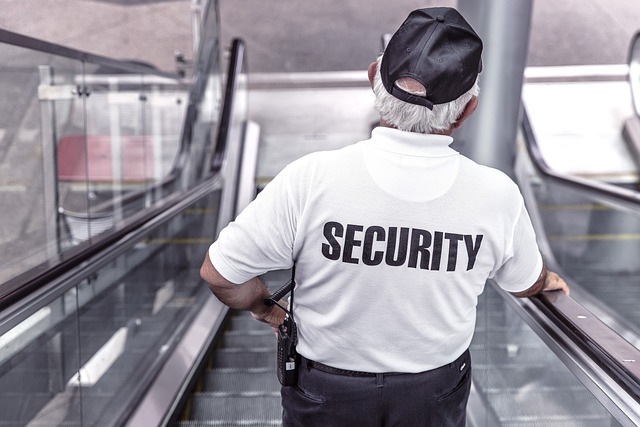Modern home security systems are significantly bolstered by motion sensor technology, which offers an automatic and responsive safeguard against unauthorized entry. These sensors utilize sophisticated methods like infrared or microwave detection to identify movement within a designated space. For optimal performance, they should be installed in areas with high foot traffic, such as doorways, hallways, and staircases, and at heights that prevent false alarms from pets. When motion sensors are incorporated into a comprehensive home security strategy, they provide immediate notifications upon detecting suspicious activity, enhancing the overall effectiveness of the system. For maximum protection, integrating these sensors with surveillance cameras can create a formidable defense against intruders and safeguard against any unauthorized attempts to access your home. In essence, employing motion sensor technology as part of your home security plan not only fortifies your property but also offers peace of mind to the residents.
Discover the pivotal role of motion sensor installation in fortifying your home security. This article serves as a comprehensive guide, detailing the intricacies and benefits of utilizing motion sensors for movement detection and alerts. From selecting the optimal locations to understanding the technology behind these devices, we’ll navigate through essential tips and strategies to ensure your home remains protected. Enhance your safety protocols with our step-by-step instructions and gain peace of mind knowing that advanced motion sensor technology is at your service.
- Maximizing Home Security: A Step-by-Step Guide to Installing Motion Sensors for Movement Detection and Alerts
- Understanding and Implementing Motion Sensor Technology for Enhanced Home Safety
Maximizing Home Security: A Step-by-Step Guide to Installing Motion Sensors for Movement Detection and Alerts

When integrating motion sensors into your home security system, strategic placement is key to maximizing detection and alerts. Begin by surveying your home’s layout to identify high-traffic areas and potential points of entry. Motion sensors should be positioned where they can capture a clear line of sight without being obstructed by furniture or foliage. Typically, placing sensors at the corners of rooms or hallways, near entrances, and in passageways between different zones of your home will offer comprehensive coverage. Ensure that each sensor is mounted at a height where human motion is most detectable, usually between five and eight feet off the ground.
Once installed, configure the sensors’ settings to distinguish between expected movements, like pets or family members, and anomalies that may indicate unauthorized activity. Adjust the sensor’s sensitivity and detection range according to the specific area’s size and traffic patterns. It’s also advisable to set up your system so that alerts are sent directly to your smartphone or another device, enabling real-time notifications. This way, you can be alerted immediately upon any unusual movement, allowing for prompt response to potential security breaches. Remember to test each sensor regularly to ensure their functionality and adjust as necessary to maintain optimal home security.
Understanding and Implementing Motion Sensor Technology for Enhanced Home Safety

Motion sensor technology has become a cornerstone of modern home security systems, offering an efficient and automated way to detect movement within a designated area. These sensors are designed with precision, utilizing infrared or microwave signals to identify changes in temperature or reflections that indicate human presence. By integrating these devices into your home security strategy, you can ensure real-time alerts when unexpected activity occurs, allowing for prompt response and enhanced safety for your residence.
When implementing motion sensors, it’s crucial to consider their placement throughout your home. Ideally, they should be installed in strategic locations such as entryways, hallways, and corridors where movement is most likely to be detected. Additionally, positioning them at heights that prevent interference from pets or other false triggers is essential for maintaining their reliability. Homeowners can further complement these sensors with other security measures like surveillance cameras for a comprehensive security solution. By understanding the intricacies of motion sensor technology and leveraging it effectively, homeowners can significantly fortify their home’s defenses against unauthorized entry, thereby safeguarding their property and ensuring peace of mind.
Incorporating motion sensor technology into your home security system can significantly bolster your property’s safety, as detailed in our guide on maximizing home security. By understanding the nuances of this advanced tech and following a systematic approach to installation, homeowners can rest easier knowing their dwellings are well-protected. Home Security solutions have evolved, offering sophisticated means to detect movement and send alerts promptly. With the insights provided in this article, you’re now equipped to enhance your home’s defenses against unauthorized access or potential hazards. Remember to consider strategic placements for optimal coverage and seamless integration with other security measures for comprehensive protection.
